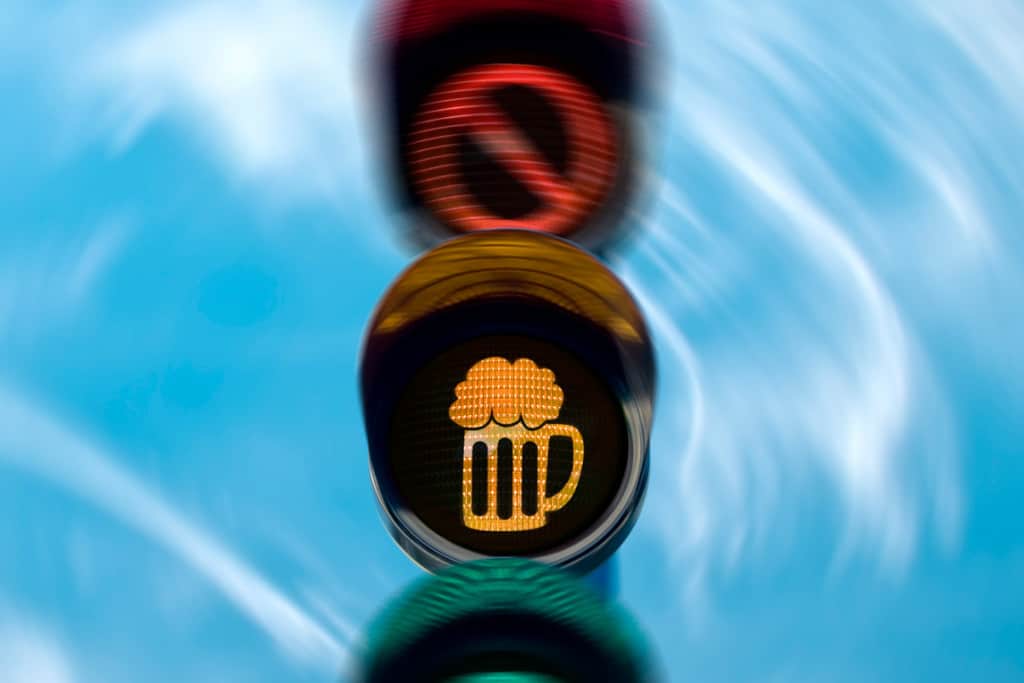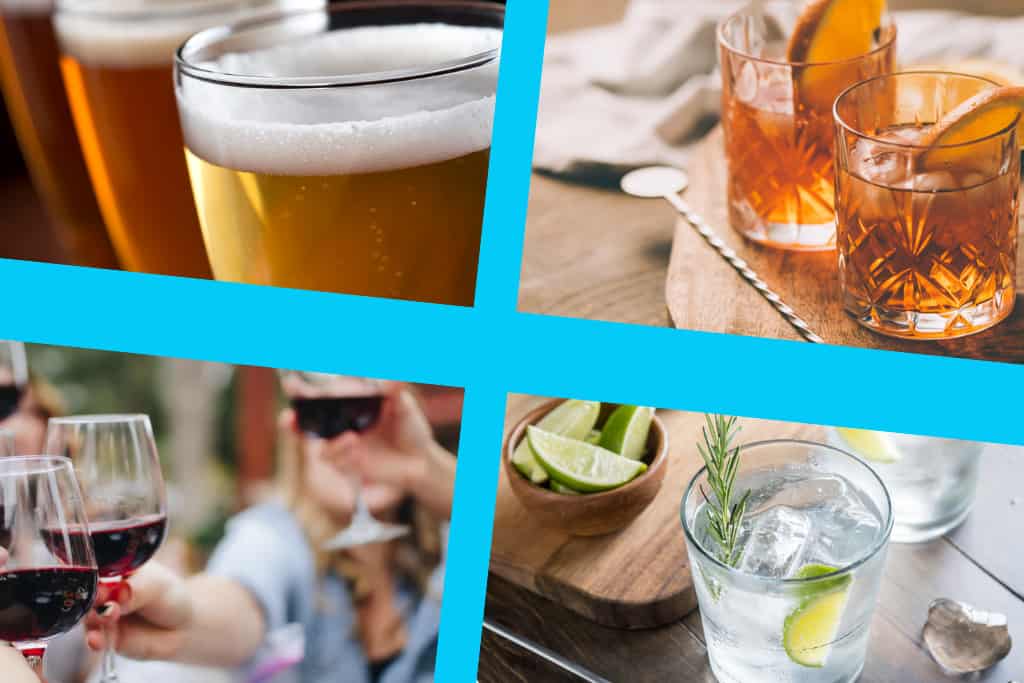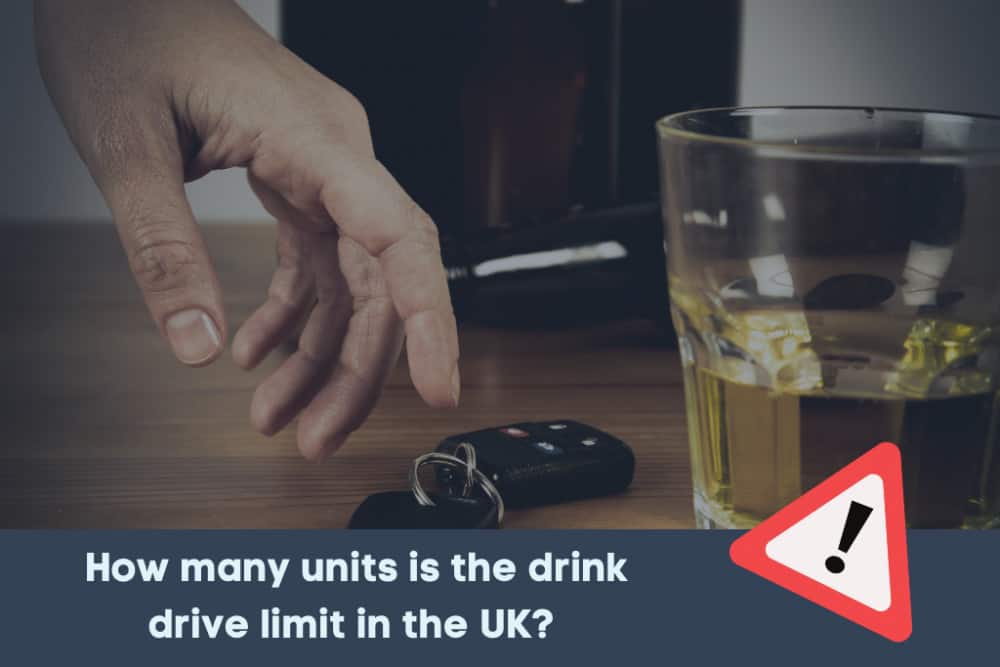As weather conditions deteriorate in the winter months, with darker evenings, rain, sleet, and snow, the roads can become more treacherous than ever. But what’s perhaps the most dangerous thing on the roads during the holidays? Drunk drivers. As the drinks flow at Christmas work parties and gatherings with friends and family, more and more people are getting behind the wheel over the limit. At times, these people are aware of their condition and are putting other people in danger on purpose, but other times it’s accidental. But how can it be by accident?
Simple, they don’t know how much drink they can have, and they’re unaware of when it leaves their body.
If you’re reading this article, chances are you’re trying to find out what the legal limits are for driving after having a drink. You might think you’re the only person who doesn’t know.
You’re not the only one! There are thousands of drivers out there who don’t have the knowledge they need in order to prevent themselves from making a silly mistake, and driving while over the limit.
Hopefully you’ll find this article useful in helping you enjoy your Christmas parties responsibly.

What are drink units?
Units are a measure of alcohol within a drink. In some cases, they’re printed on the packaging of the beverage, but they’re not a legal requirement so they don’t always appear. If you’re in a pub or restaurant it’s even more challenging to find out how many units are in a drink.
However, that doesn’t mean you can’t work it out for yourself. You will need two numbers; the volume of liquid and the alcohol percentage. For example, let’s say your drink is 500ml and is 4% alcohol. You multiply the two numbers together and divide them by 1000 – this gives you how many units the drink is. In this example , it would be two units.
Remembering this handy little sum can be a great way to keep track of your units during a night out. But remember, it doesn’t take much to be over the limit, so you should always err on the side of caution when deciding whether you should be driving or not.

How many units is the drink drive limit in the UK?
The drink drive limits in England, Northern Ireland and Wales are as follows:
- 35 micrograms of alcohol per 100 millilitres of breath; or
- 80 milligrams of alcohol per 100 millilitres of blood; or
- 107 milligrams of alcohol per 100 millilitres of urine.
In Scotland the rules are slightly different:
- 22 micrograms of alcohol per 100 millilitres of breath
- 50 micrograms of alcohol per 100 millilitres of blood
- 67 micrograms of alcohol per 100 millilitres of urine
But unless you’re a scientist at the bar with a few pieces of machinery to help you understand, you’re probably not going to be able to keep track of these limits yourself. So how can they translate into units? Well, roughly speaking, it’s three units for women and four for men.
Alcohol can affect us all differently depending on height, weight, and age (plus a few more unique factors) which is why it can be really difficult to judge whether we are over the legal limit. Alcohol affects everyone differently and therefore should be considered unique for each person. Two units might mean minimal effect for one person, but another is considerably more, to the point they obviously shouldn’t drive. So don’t rely only on counting your units to tell you if you’re okay to drive or not – they’re there for guideline information.
How long does it take for alcohol to leave your system?
On average, it takes roughly one hour for one unit of alcohol to leave your system. This is a vital piece of information to help guide you on whether to get behind the wheel or not. Generally speaking, a small glass of wine is one unit of alcohol, which means it will take roughly an hour for your body to feel sober again after drinking it.
Don’t forget that it isn’t easy to tell if you’re affected by alcohol. Alcohol impacts your reaction and alertness when driving, which means it may not be evident until you get behind the wheel. Don’t assume you’re fine just because you can walk in a straight line to your vehicle and speak without a slur (although we would hope if you couldn’t do these things you would notice you’re blatantly over the limit!).
We mention how long it takes for alcohol to leave your system mainly because a lot of drivers are caught driving illegally the next morning. It is in fact a myth that sleep, coffee, water, and a big hearty breakfast will sober you up. It’s all about timing. Leave yourself plenty of time the next morning to sober up if it’s been a heavy night. But our general rule: if you’ve been drinking, you shouldn’t be driving.






